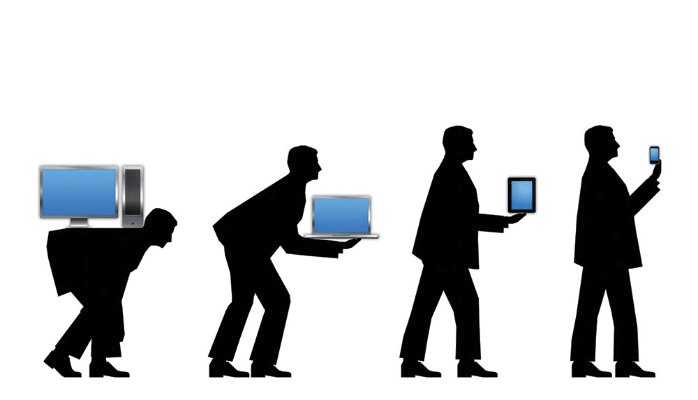Technological obsolescence is the term used, which refers to the useful life, or value of use, of an IT asset as a function of time.
Technological obsolescence is a growing phenomenon in society and knowledge, which, in addition to causing an environmental problem with its monumental garbage dumps, endangers the information, given the incompatibility of new and previous storage devices.
In addition to this, consumer behavior, enhanced in today's society, has been exploited through the implementation of strategies associated with artificial obsolescence, so that products and services become highly perishable, although functionally they may have a longer useful life.
An aspect related to the strong technological development and its corresponding obsolescence is the risk of loss of information, originated in the rapid evolution of storage devices and the incompatibility of their recovery mechanisms.
In response to technological obsolescence, some protocols and initiatives have appeared to take advantage of those wastes, through recycling and reuse; The importance of actions to try to reduce the ecological effects of e-waste and face the digital divide, today has become a battle against widespread consumerism.
Companies today, seek the circulation of their assets through three concepts:
Function obsolescence: according to which an asset becomes old-fashioned when another with better function performance appears.
Quality obsolescence: when an asset, in a planned way, is spent in a determinedly short time.
Obsolescence of convenience: when an asset, in terms of performance or quality, is eliminated due to the appearance of a modification of style or other improvement.
The main source of technological waste (also called e-waste) is computers (including their batteries and peripherals) and the growing boom in cell phone equipment and mobile devices.
(We recommend you read: Cell Phone Recycling)
In many countries of the world there are strategies against technological obsolescence, among the most common are the sale or export of used or second-hand equipment and eco-friendly recycling.
Half of the largest corporations in the world hire professional companies for the destruction of their old PCs and the rest choose to donate or sell them to remarketing companies or their own staff, through a Sales programs for employees and donations of IT equipment.

